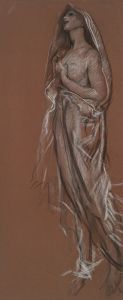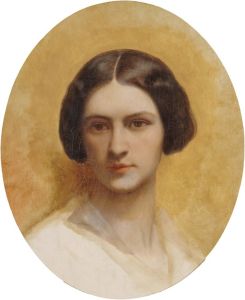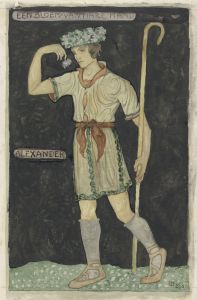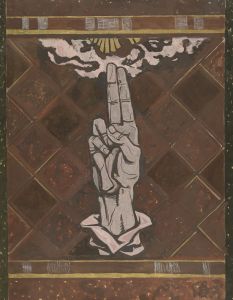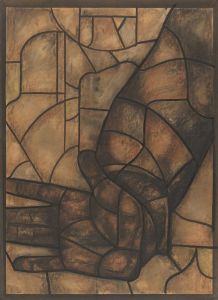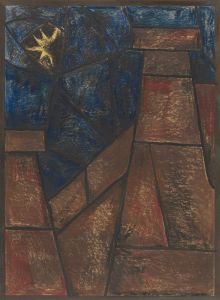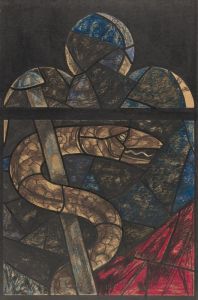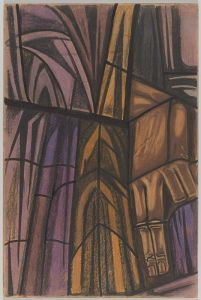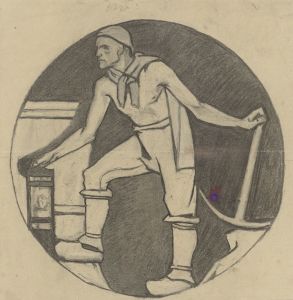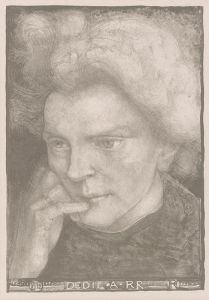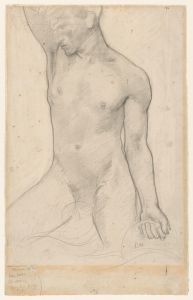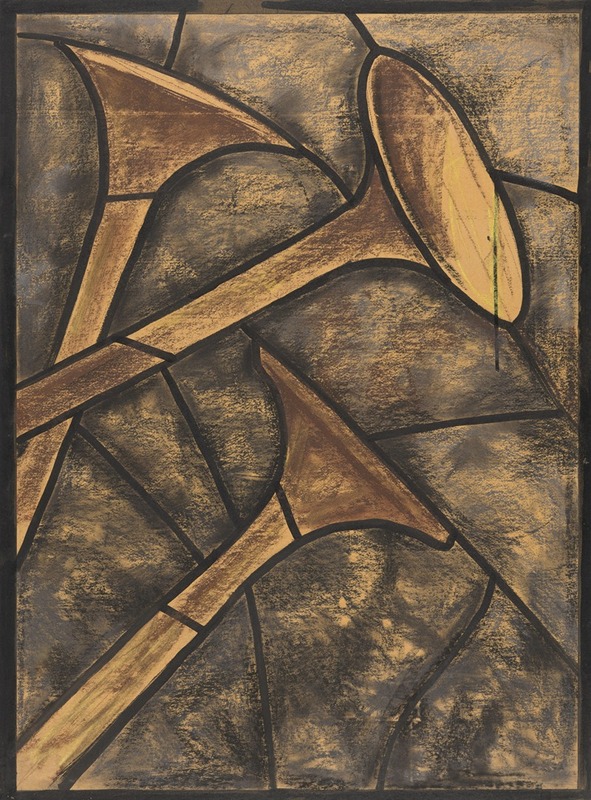
Ontwerp voor raam in het Noordertransept in de Dom te Utrecht 6
A hand-painted replica of Richard Nicolaüs Roland Holst’s masterpiece Ontwerp voor raam in het Noordertransept in de Dom te Utrecht 6, meticulously crafted by professional artists to capture the true essence of the original. Each piece is created with museum-quality canvas and rare mineral pigments, carefully painted by experienced artists with delicate brushstrokes and rich, layered colors to perfectly recreate the texture of the original artwork. Unlike machine-printed reproductions, this hand-painted version brings the painting to life, infused with the artist’s emotions and skill in every stroke. Whether for personal collection or home decoration, it instantly elevates the artistic atmosphere of any space.
Richard Nicolaüs Roland Holst was a prominent Dutch artist known for his contributions to the Arts and Crafts movement in the Netherlands. Born on December 4, 1868, in Amsterdam, Holst was a versatile artist whose work spanned various mediums, including painting, drawing, and stained glass design. He was deeply influenced by the social and artistic ideals of the Arts and Crafts movement, which emphasized craftsmanship and the integration of art into everyday life.
One of Holst's notable works is the design for a stained glass window titled "Ontwerp voor raam in het Noordertransept in de Dom te Utrecht 6." This work is part of a series of designs created for the Utrecht Cathedral, also known as the Dom Church, which is a significant Gothic-style church located in the city of Utrecht, Netherlands. The cathedral has a rich history dating back to the Middle Ages and has been an important religious and cultural site in the region.
Holst's design for the stained glass window reflects his commitment to the principles of the Arts and Crafts movement. His work often featured intricate patterns, symbolic imagery, and a harmonious use of color, all of which can be seen in his stained glass designs. The window design for the north transept of the Utrecht Cathedral would have been intended to complement the architectural style of the building while also conveying specific religious or moral themes through its imagery.
Stained glass windows have long been an integral part of church architecture, serving both aesthetic and didactic purposes. They often depict biblical scenes, saints, or allegorical figures, and are designed to inspire contemplation and convey religious narratives to the congregation. Holst's work in this medium would have been no exception, likely incorporating elements that reflect his personal artistic style and the broader cultural and religious context of the time.
In addition to his work as an artist, Richard Roland Holst was also an influential educator and writer. He served as a professor at the Rijksakademie van Beeldende Kunsten in Amsterdam, where he influenced a generation of Dutch artists. His writings on art and society further demonstrate his commitment to the integration of art into everyday life and his belief in the transformative power of art.
Holst's contributions to the Utrecht Cathedral project are part of a larger body of work that includes murals, book illustrations, and other stained glass designs. His artistic legacy is characterized by a deep respect for craftsmanship, a dedication to social ideals, and a distinctive style that blends traditional techniques with modern sensibilities.
Overall, Richard Nicolaüs Roland Holst's design for the stained glass window in the north transept of the Dom Church in Utrecht exemplifies his artistic vision and his role in the cultural life of the Netherlands during the late 19th and early 20th centuries. His work continues to be appreciated for its aesthetic beauty and its reflection of the values of the Arts and Crafts movement.





